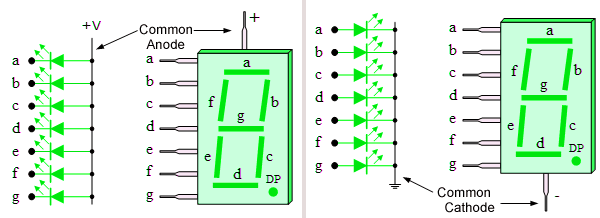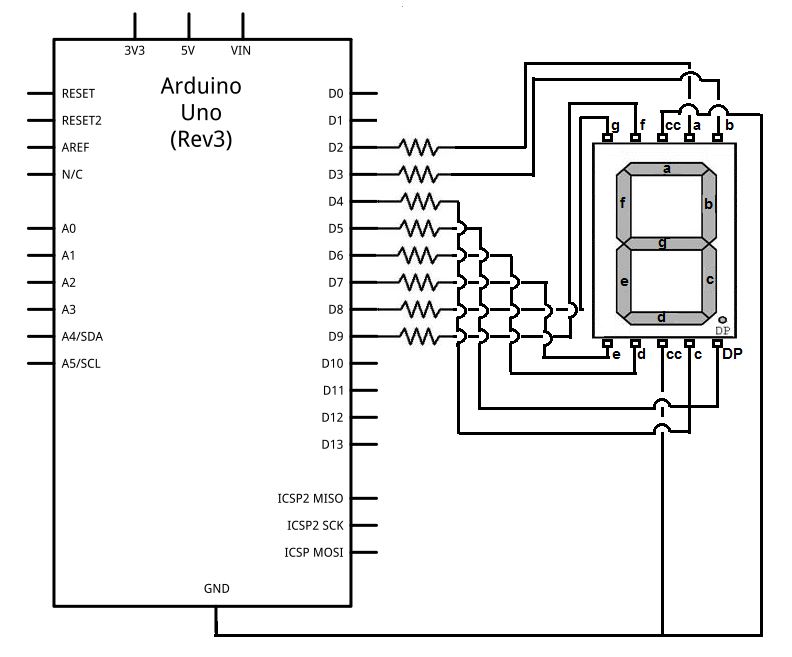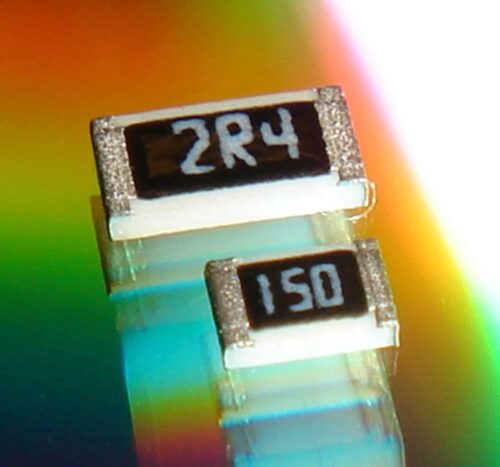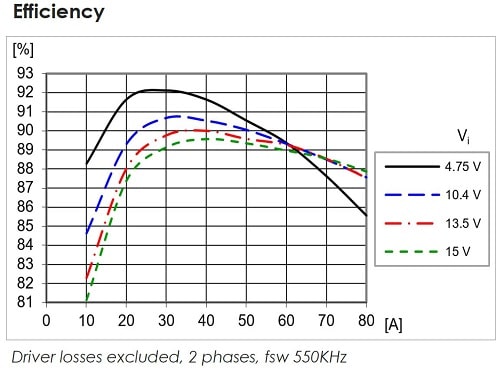
[ad_1]
A 7-segment display is commonly used in electronic display devices for decimal numbers from 0 to 9 and in some cases, basic characters. The use of light-emitting diodes (LEDs) in seven-segment displays made it more popular, whereas of late liquid crystal displays (LCD) have also come into use.
Electronic devices like microwave ovens, calculators, washing machines, radios, digital clocks, etc. to display numeric information are the most common applications. Let’s take a look at the seven display pinout to have a better understanding.
7-Segment Display Pinout
A seven-segment display is made of seven different illuminating segments. These are arranged in a way to form numbers and characters by displaying different combinations of segments.
The binary information is displayed using these seven segments. LED is a P-N junction diode that emits energy in the form of light, different from a standard P-N junction diode which emits in the form of heat.
Whereas LCD uses liquid crystal properties for displaying and does not emit light directly. These LEDs or LCDs are used to display the required numeral or alphabet.
Display Types
There are basically 2 types of seven-segment LED displays:

Common Anode 7-Segment Display:
All the Negative terminals (Anode) of all the 8 LEDs are connected together. All the positive terminals are left alone.
Common Cathode 7-Segment Display:
All the positive terminals (Cathode) of all the 8 LEDs are connected together. All the negative thermals are left alone.
Seven-Segment Display Working
Seven-segment devices are generally made up of LEDs. These LEDs will glow when they are forward-biased. The intensity of the LEDs depends on the forward current.
So, a sufficient forward current has to be provided to these LEDs to glow with full intensity. This is provided by the driver and is applied to the seven segments.
7-Segment Display Codes
The below table shows the 0-9 codes for the seven-segment LED display.
| Number | g f e d c b a | Hex code |
| 0 | 1000000 | C0 |
| 1 | 1111001 | F9 |
| 2 | 0100100 | A4 |
| 3 | 0110000 | B0 |
| 4 | 0011001 | 99 |
| 5 | 0010010 | 92 |
| 6 | 0000010 | 82 |
| 7 | 1111000 | F8 |
| 8 | 0000000 | 80 |
| 9 | 0010000 | 90 |
Table: Display numbers on a seven-segment display in common anode configuration
Things change for common cathode configuration.
| Number | g f e d c b a | Hex Code |
| 0 | 0111111 | 3F |
| 1 | 0000110 | 06 |
| 2 | 1011011 | 5B |
| 3 | 1001111 | 4F |
| 4 | 1100110 | 66 |
| 5 | 1101101 | 6D |
| 6 | 1111101 | 7D |
| 7 | 0000111 | 07 |
| 8 | 1111111 | 7F |
| 9 | 1001111 | 4F |
Table: Display numbers on a seven-segment display in common cathode configuration
Below we are interfacing a 7-segment display to Arduino UNO for reference.

Seven-Segment Display-based Projects
For more technical information, you can refer to the 7-Segment Display Datasheet.
This article was first published on 29 December 2016 and recently updated on 08 December 2022.
[ad_2]
Source link






